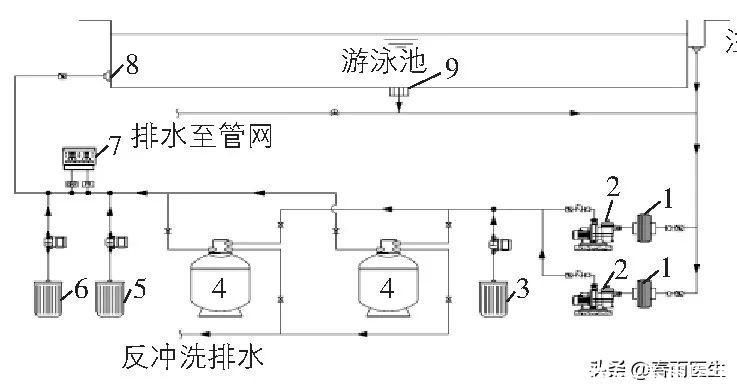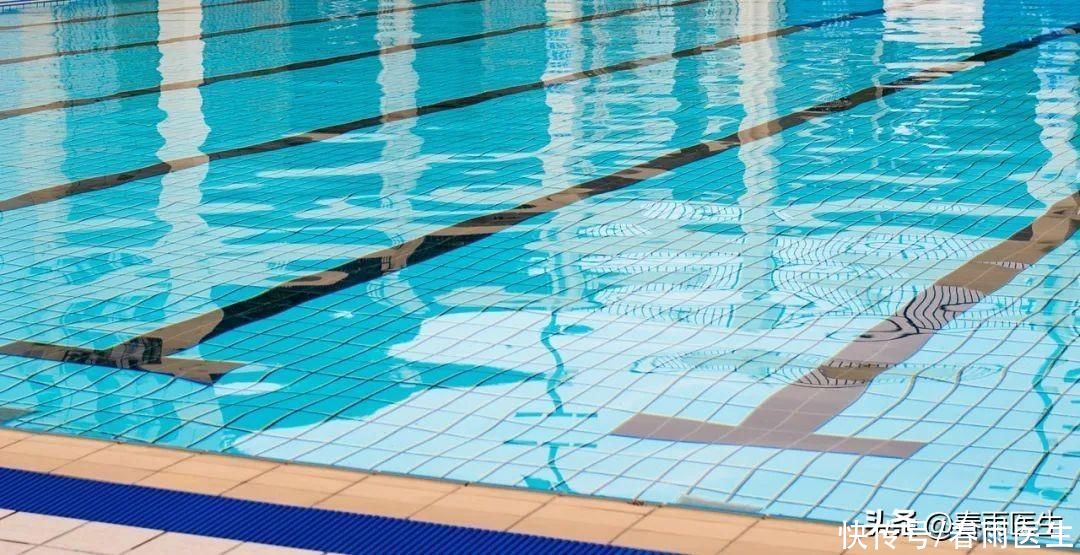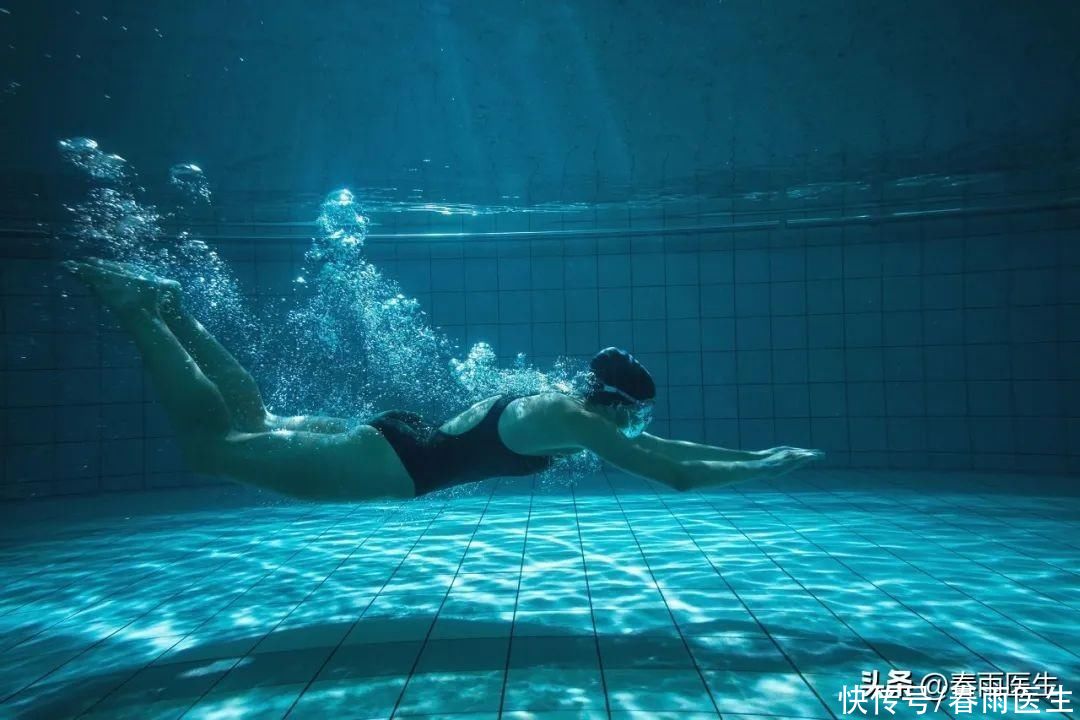In the hot summer, both adults and children like to play in swimming pools to cool off, and many swimming venues are often overcrowded.
The seemingly clean swimming pool is not only a cool place for people to escape from the heat, but also a breeding paradise for many microorganisms.
No, recently, two children in Leshan, Sichuan developed fever and other symptoms after swimming in the swimming pool. Caused by compliance.
How are swimming pools disinfected?
During the use of the swimming pool, the water quality will be polluted by bacteria and viruses carried by swimmers, dust particles in the air and other factors, and the pool water will have bacteria exceeding the standard Phenomenon.
According to the survey, about 43.3% of people will experience symptoms of dry and itchy skin, dry and sore eyes or respiratory bacterial infection after swimming. Therefore, the swimming pool needs to be disinfected with circulating water every day.
The commonly used disinfection techniques in swimming places mainly include chlorine disinfection, ultraviolet disinfection and ozone disinfection. There are many types of chlorine disinfectants, including liquid chlorine, sodium hypochlorite, calcium hypochlorite, bleaching powder, etc. The difference between them is that the effective chlorine content and form are different, and the sterilization mechanism is basically similar.

(Swimming pool circulating water treatment flow chart/source: Reference [1])
Compared with other technologies, chlorine preparations have low cost, easy to obtain, good sterilization effect, and the residual chlorine in the water has the ability of continuous sterilization and disinfection. At present, it is widely used in the disinfection of large swimming pools in China.
The “swimming pool smell” that we can smell as soon as we enter the swimming pool is actually the smell of chloramines (chlorine-containing disinfectant + human organic matter).
Ultraviolet disinfection has short contact time, small footprint, no by-products, and the pool water is colorless and odorless after disinfection, but the system investment and maintenance costs are high, the amount of water treated is small, and there are many influencing factors , suitable for small swimming pools.

(Photo source: Figureworm Creative)
Ozone sterilization Strong capacity, raw materials and by-products are oxygen, no secondary pollution, and can also improve the quality of swimming pool water and surrounding environment, but the generation, control and detection of ozone requires certain technology, equipment, large investment, and difficult operation and management. It is used in swimming pools with high or strong economic strength.
In addition, in order to curb the growth of algae, copper sulfate in the prescribed dose (0.25~0.5mg/L) will be added to the swimming pool. When algae are found, the dosage should not exceed 1.0mg/L), which is the main reason for the blue color of swimming pool water.
Is the pool water clean after adding disinfectant?
Looking at the disinfection of the swimming pool, do many friends feel that they have added so much disinfectant, the swimming pool water must be clean, landslide It doesn’t matter if you go in and choke.
Neither nor nor.

(You are too naive/Picture source network, invade and delete)
Disinfectants cannot kill all bacteria and viruses, but can only play a limited role, that is, to ensure that even if the remaining microorganisms enter the human body, they can be eliminated by your own immune system and will not cause disease.
And, do you think there are only microorganisms such as bacteria and viruses in the swimming pool? Sweat, urine, dander, hair, cosmetics, dirt and even Baba brought in by the human body are all pollutants.
A team from the University of Alberta in Canada conducted an experiment in which they collected 87 swimming pool water samples in two Canadian cities. The average urine content is about 75 liters, um… about 136 bottles of mineral water (550ml/bottle).

(Famous swimmer Phelps once said that it is common for swimmers to urinate in the pool/Photo source network, infringing Delete)
In addition, another research team found that if you enter the swimming pool without a shower, the average person will bring at least 0.14g of feces into the swimming pool (every year There have been reports of children being found pooping in the swimming pool).
Compared with urine, poop is not just disgusting, it can carry not only bacteria and viruses, but also parasite eggs. Like Cryptosporidium, it has strong resistance to ozone and chlorine-containing disinfectants. Its spores often exist in recreational water such as swimming pools, water parks, and hot tubs. Once infected, it can cause nausea, vomiting, Symptoms include fever, loss of appetite, cramping abdominal pain, and severe watery diarrhea.
In addition, in addition to the pollutants carried by the human body, while the disinfectant kills microorganisms, it will also react with the organic matter and inorganic ions in the pool water to generate a variety of disinfection paraphernalia. Products, if the disinfectants and disinfection by-products exceed the standard, also increase the risk of asthma, respiratory inflammation and other allergic diseases.
How to choose a safe swimming pool?
Although there are many safety risks and types of pollutants in swimming pools, we don’t have to give up eating because of choking. As long as we pay more attention and keep our eyes open, we can still swim with confidence.
//
1. Select a swimming pool with a health permit
2. Check whether the swimming venue has a warning about the prohibition of swimming. There will be a warning about “patients with infectious diseases and skin diseases are prohibited from entering” at the entrance of the regular swimming venue.
3. Observe the water quality before swimming, focusing on whether the pool water is crystal clear, whether there is sediment on the bottom, whether there are floating particles on the water surface, and whether there is long-lasting foam on the water’s edge
4. Regular and sanitary swimming pools will also publicize water quality testing in conspicuous places, including water temperature, residual chlorine, ph value, etc.
As a civilized and qualified swimmer, we should take a shower before swimming to wash off the dirt, dander, sweat, cosmetics and other pollutants from our body, go to the foot bath, and do not take a bath or urinate in the swimming pool. .
After swimming, you should also pay attention to cleaning your body and swimming trunks in time, and try not to swallow the water in the swimming pool.

(Source: Tu Wo Creative)
References:
[1] Mao Shuzhou, Hu Shan, Qiu Guangyu, Zhang Bo. Application status and progress of swimming pool circulating water disinfection technology[1] J].Shanxi Architecture,2020,46(22):91-93.DOI:10.13719/j.cnki.cn14-1279/tu.2020.22.036.
[2] Fang Daokui, Zhou Guohong, Yu Shuyuan. Health risks of chlorinated disinfection by-products in swimming pools [J]. Health Research, 2018,47(05):871-874.DOI:10.19813/j.cnki. weishengyanjiu.2018.05.035.
[3]GB 37488-2019, Public places health indicators and limit requirements[S].
[4] Lindsay K. Jmaiff Blackstock, Wei Wang, Sai Vemula, Benjamin T. Jaeger, Xing-Fang Li. Sweetened Swimming Pools and Hot Tubs. Environmental Science & Technology Letters, 2017; DOI: 10.1021/acs.estlett.7b00043